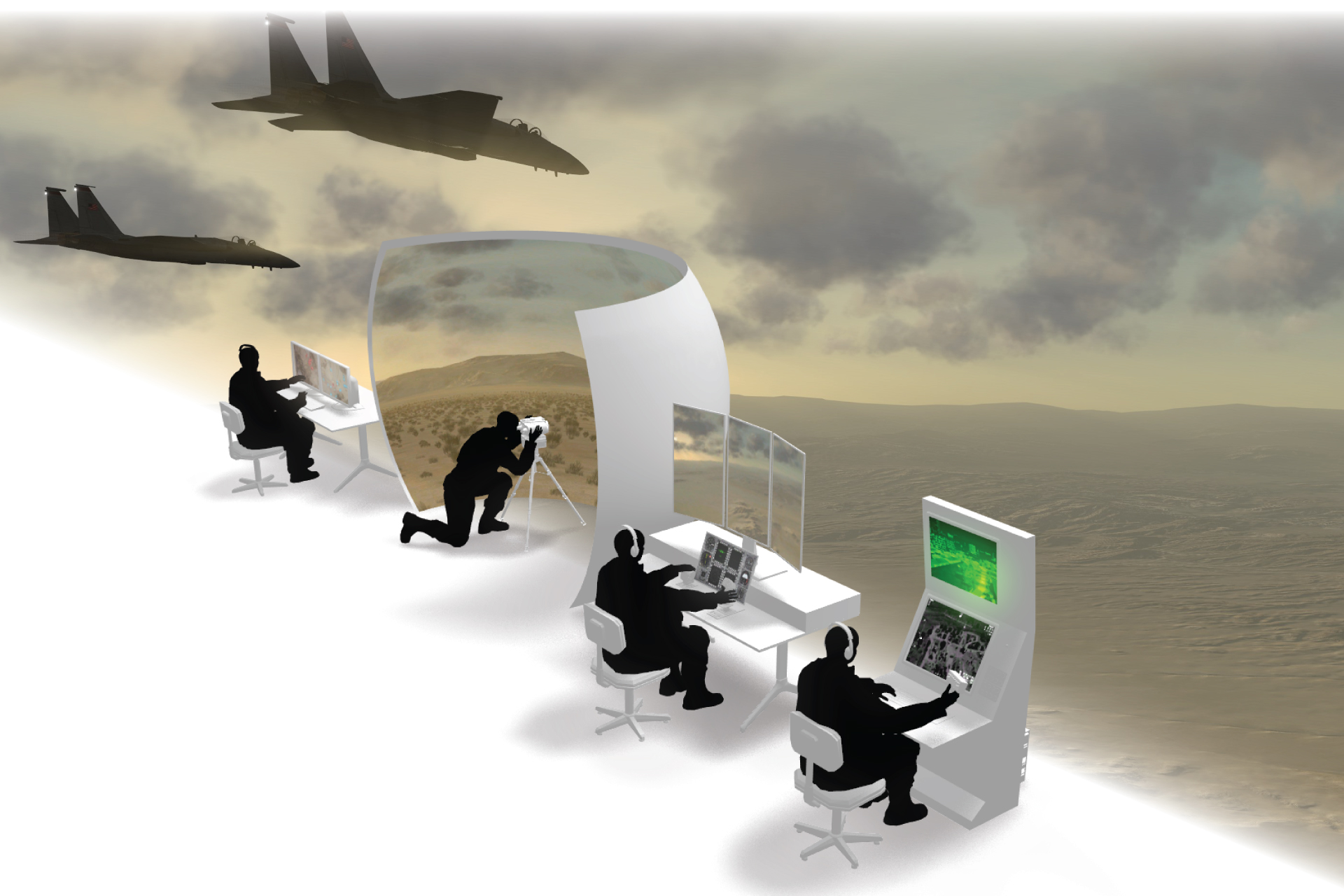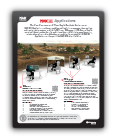
The Core Components Of Your Synthetic Environment

 VR-Forces
VR-Forces
Multi-Domain Computer Generated Forces
- Scenario generation & execution
- Tactical environments
- Threat generators
- Wargaming
- Command & Staff training
- Tactics & behaviors testbeds
 VR-Engage
VR-Engage
Multi-role Virtual Simulators
- Networked desktop training
- Role player stations
- Mid-fidelity simulators
- Precise control of VR-Forces entities
- Soldier, armored vehicle crew, pilot, sensor/drone operator
 VR-Vantage
VR-Vantage
Image Generation & Battlefield Visualization
- Out-the-window displays
- Effects-based sensor modes
- Multi-channel displays
- VR/XR headsets
- Situational awareness
- Battlefield information
 SensorFX
SensorFX
Physics-based sensor visualization
- EO, IR, and NVG imaging sensors
- FLIRs / Thermal imagers: 3-5 & 8-12um.
- Image intensifiers / NVGs: 2nd & 3rd Gen
- EO Cameras: Color CCD, LLTV, BW, SWIR
 RFView® for MAK ONE
RFView® for MAK ONE
Synthetic Aperture Radar Simulation
- Serves SAR imagery on-demand
- Shows Correlated Views of the Synthetic Environment
- RFView® is a registered trademark of ISL Inc.


